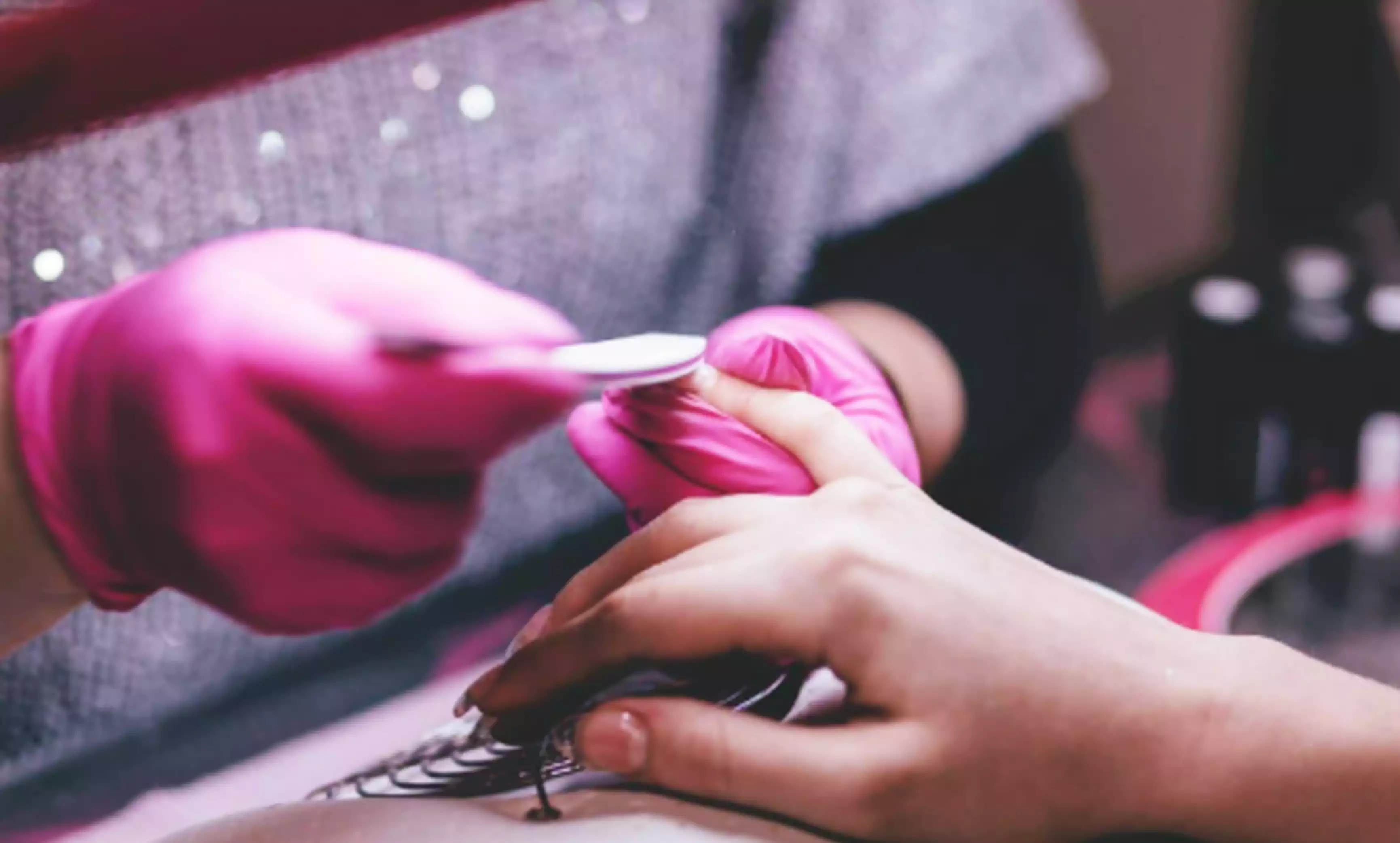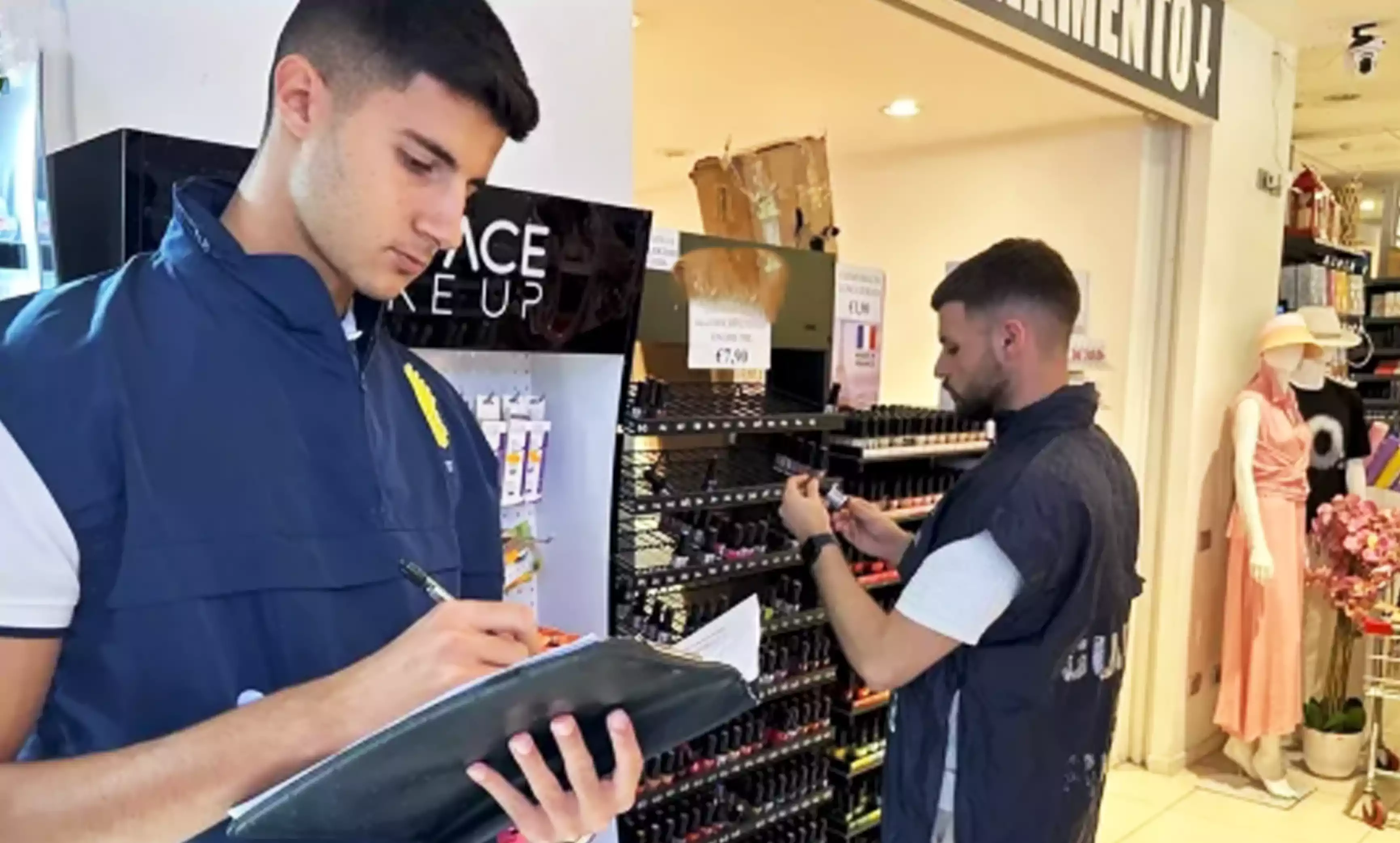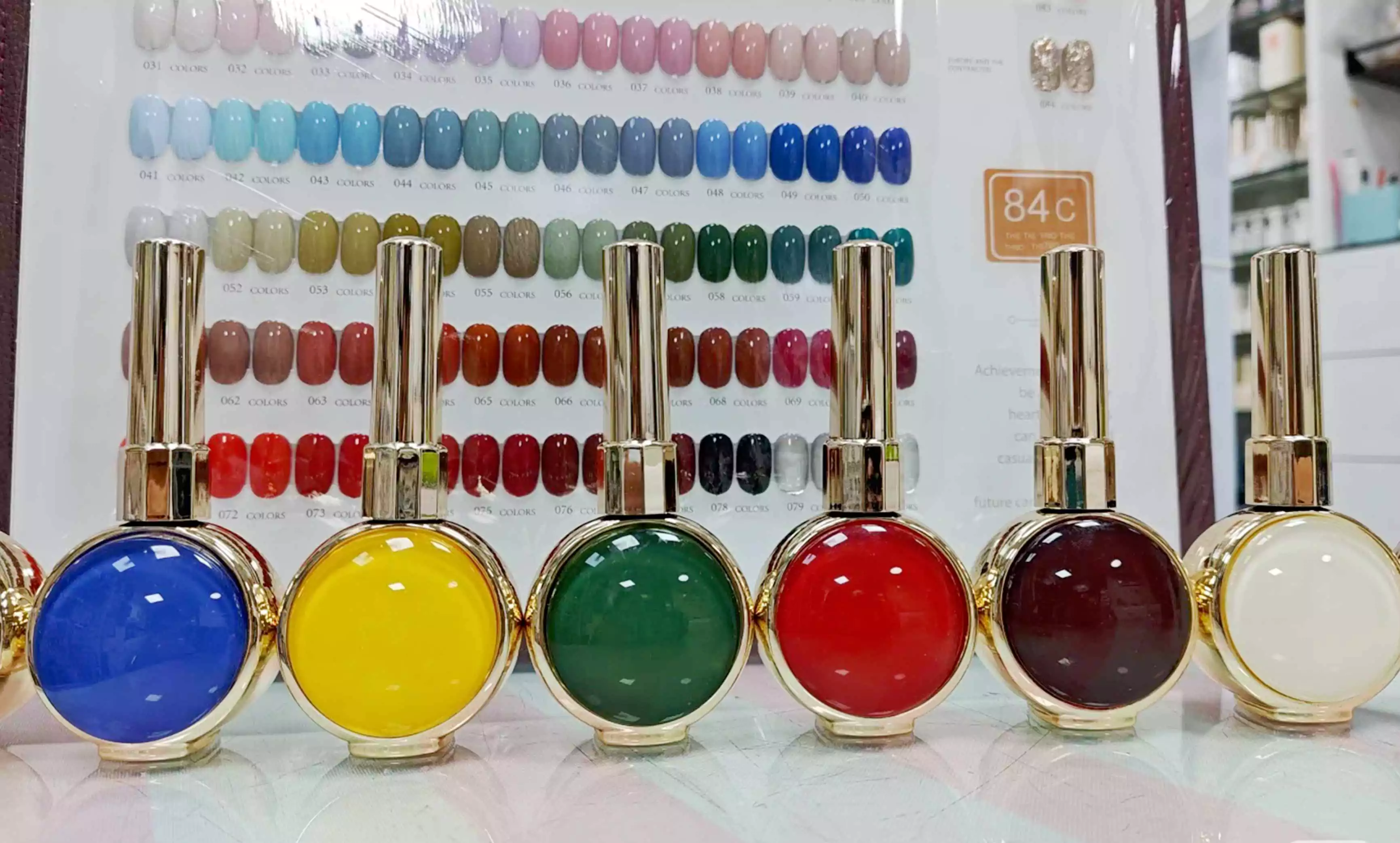2025 The EU has completely banned the use of TPO in gel polish
Hello everyone! I’m a star employee at CHROMÉCLAIR, a brand of hema-free gel polish.
On September 1, 2025, the European Union implemented a significant ban affecting the nail industry: a complete ban on the use of TPO (trimethylbenzoyldiphenylphosphine oxide) and HEMA (dimethyltoluidine) in gel nail polish. This decision quickly impacted the entire nail industry, with manufacturers and salons scrambling to adapt to the new regulations.

Ban Content and Enforcement
Under the new regulations, companies and individuals in all 27 EU member states, as well as Norway and Switzerland, must cease the sale, supply, and use of cosmetics containing TPO and HEMA. Existing stocks must be withdrawn and properly disposed of, and businesses must identify compliant alternative ingredients.
TPO is a photoinitiator that enables gel nail polish to cure quickly under UV light or LED light, achieving a long-lasting gloss. HEMA is often used as a nail polish top coat or primer, enhancing adhesion and ensuring a more even and durable coat.
The direct cause of the EU ban is the European Chemicals Agency’s classification of TPO as a “Category 1B” CMR substance (i.e., a substance considered potentially carcinogenic, mutagenic, or toxic to reproduction). Under EU regulations, once an ingredient is classified as such, it automatically triggers a cosmetic product ban.
Enforcement efforts are already underway. Milan tax police recently seized approximately 2,000 bottles of nail polish containing TPO and DMTA from two wholesale warehouses, resulting in heavy fines for violating the new EU regulations. Large-scale inspections are underway, with the nail art industry becoming a key regulatory area.

The Scientific Controversy Behind the Ban
Despite the EU’s firm stance, there are differing views within the industry regarding the ban.
The director of the British Cosmetics Association stated that the EU ban is primarily based on “worst-case scenario” scenarios, namely, the potential reactions that might occur when the human body is exposed to large amounts of TPO. However, he noted, “The amount of TPO used in nail polish is over a thousand times less than the amount that could negatively impact human organs, and since it is applied to the nails, the actual risk of absorption is likely lower.”
Professor Galli, former president of the European Federation of Toxicology, explained that the ban was not triggered by a real-world case, clinical incident, or alert, but rather by an automatic trigger mechanism within EU regulations. In fact, as early as 2014, the EU Scientific Committee on Consumer Safety had determined that TPO concentrations below 5% were safe for use in cosmetics.

Cosmetics manufacturers point out that the EU is far ahead in the strictness of standard setting, but sometimes it is inevitable that there will be a “one-size-fits-all” situation, and more transition space is needed.
Global Impact and Industry Response
The new EU regulations have had a ripple effect on the global cosmetics industry. The Moroccan Agency for Medicines and Health Products has announced an immediate ban on all cosmetics containing TPO, aligning with EU standards.
In addition to TPO, the EU recently added 21 new banned substances. As of now, the EU has banned a total of 1,703 ingredients in cosmetics, while China’s “Technical Specifications for Safety of Cosmetics” stipulates 1,393 banned ingredients, over 300 fewer than the EU.
 In response to the new regulations, cosmetics exporters must establish comprehensive ingredient screening mechanisms and monitor changes to the EU CLP regulations. They should strengthen supply chain traceability to ensure comprehensive visibility into raw material content. They should maintain close communication with suppliers to ensure they promptly inform them of any changes to ingredient classifications, enabling rapid response.
In response to the new regulations, cosmetics exporters must establish comprehensive ingredient screening mechanisms and monitor changes to the EU CLP regulations. They should strengthen supply chain traceability to ensure comprehensive visibility into raw material content. They should maintain close communication with suppliers to ensure they promptly inform them of any changes to ingredient classifications, enabling rapid response.
Manufacturers of nail products that rely on TPO urgently need to develop formulations using alternative photoinitiators. Several alternative ingredients, such as 819 (phenyl bis(2,4,6-trimethylbenzoyl)phosphine oxide), are currently under consideration.
Companies also need to plan their product transition period appropriately. For products already in production, they can consider switching to markets without similar bans or adjusting inventory before the ban takes effect.
The Macro Trend of Tighter Global Regulation
The new EU regulations are not an isolated incident, but part of a growing global trend toward stricter cosmetics regulation.
In August 2025, South Korea’s Ministry of Food and Drug Safety officially abolished its natural and organic cosmetics certification system, promoting a market-driven certification system aligned with international standards. At the same time, South Korea announced a crackdown on misleading cosmetics advertising, following a special inspection that uncovered 83 violations of the Cosmetics Act.
 The California Office of Environmental Health Hazard Assessment also announced that it plans to set a no significant risk level for 1-bromopropane and diethanolamine under California Proposition 65, indicating that the United States is also strengthening its regulation of cosmetic ingredients.
The California Office of Environmental Health Hazard Assessment also announced that it plans to set a no significant risk level for 1-bromopropane and diethanolamine under California Proposition 65, indicating that the United States is also strengthening its regulation of cosmetic ingredients.
Future Outlook and Recommendations
In the future, the cosmetics industry will place even greater emphasis on product safety and sustainability. Brands will need to reevaluate their raw material selection, formulation design, and production processes to meet increasingly stringent global regulatory requirements.
For nail salons and practitioners, choosing compliant products has become even more crucial. Recommendations:
- Promptly clear inventory of products containing TPO and HEMA;
- Select reputable suppliers who provide complete ingredient information;
- Monitor industry trends and stay abreast of regulatory changes;
- Communicate transparently with customers about changes in product ingredients to build trust.
The EU TPO ban marks a new phase for the nail industry, placing product safety at an unprecedented level. Only businesses and practitioners who adapt to these changes will be able to remain competitive in the future market.
CHROMÉCLAIR offers Base coats, Top coats, solid color gel polish without HEMA, and hema free cat eye gel polish.
 Their website also features nail art tutorials, such as:
Their website also features nail art tutorials, such as:
How to Do the 3D Petal Nail Art at Home?
7 ways to adjust nail glue to achieve nail art freedom at low cost
